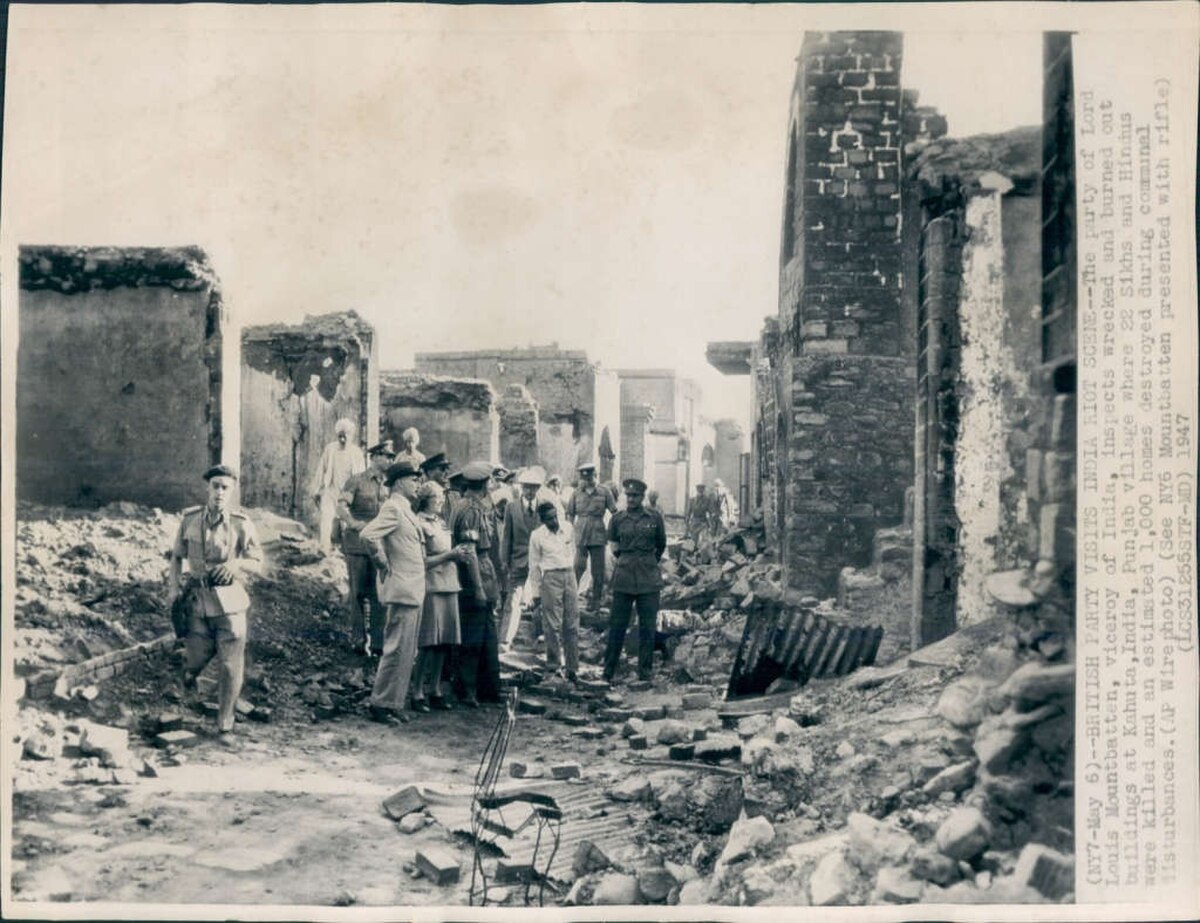
Creation of Pakistan
PakistanOn August 14, 1947, Pakistan became an independent nation, followed by India's independence the next day. This historic event marked the end of British colonial rule in the region. A key aspect of this transition was the partition of the provinces of Punjab and Bengal based on religious demographics, orchestrated by the Radcliffe Commission. Allegations arose that Lord Mountbatten, the last Viceroy of India, influenced the commission to favor India. Consequently, the predominantly Muslim western part of Punjab became a part of Pakistan, while the eastern part, with a Hindu and Sikh majority, joined India. Despite the religious divide, both regions had significant minorities of the other faiths.
Initially, it was not anticipated that the partition would necessitate large-scale population transfers. Minorities were expected to remain in their respective areas. However, due to intense communal violence in Punjab, an exception was made, leading to a mutual agreement between India and Pakistan for a forced population exchange in Punjab. This exchange significantly reduced the presence of minority Hindu and Sikh populations in Pakistani Punjab and the Muslim population in the Indian part of Punjab, with few exceptions like the Muslim community in Malerkotla, India.
The violence in Punjab was severe and widespread. Political scientist Ishtiaq Ahmed noted that, despite the initial aggression by Muslims, the retaliatory violence resulted in more Muslim deaths in East Punjab (India) than Hindu and Sikh deaths in West Punjab (Pakistan).[1] Indian Prime Minister Jawaharlal Nehru reported to Mahatma Gandhi that the Muslim casualties in East Punjab were twice that of Hindus and Sikhs in West Punjab by late August 1947.[2]
The aftermath of partition saw one of the largest mass migrations in history, with over ten million people crossing the new borders. The violence during this period, with death toll estimates ranging from 200,000 to 2,000,000,[3] has been described by some scholars as 'retributive genocide.' The Pakistani government reported that approximately 50,000 Muslim women were abducted and raped by Hindu and Sikh men. Similarly, the Indian government claimed that Muslims had abducted and raped about 33,000 Hindu and Sikh women.[4] This period of history is marked by its complexity, the immense human cost, and its enduring impact on India-Pakistan relations.
